Living with a cat can sometimes feel like sharing space with a mysterious roommate who speaks in purrs and demands breakfast at ungodly hours. Yet millions of us gladly embrace this arrangement, convinced that somewhere beneath that aloof exterior lies pure feline bliss. The truth is, recognizing when your cat is genuinely happy isn’t always as straightforward as it seems.
The ways cats show they are happy and content are usually more subtle, however. To tell if your cat is happy, pay attention to her tail, eyes, body language and behavior. Understanding these signs becomes crucial for building a stronger bond with your feline friend and ensuring their overall wellbeing.
The Musical Magic of Purring

Nothing quite captures the essence of feline contentment like the gentle rumble of a satisfied cat. For the most part, if a cat is purring, you can be assured that they are happy. But if your cat is curled up next to you and seems relaxed, and their motor starts, you know for sure that your cat is content.
However, purring isn’t always the simple happiness indicator we might think it is. Sometimes, cats in pain or under stress will use purring as a self-soothing mechanism, says Dr. Honnas. However, if your cat seems otherwise content and is letting the purrs roar, you can assume they’re happy. The key lies in observing the context and your cat’s overall demeanor when those healing vibrations begin.
Slow Blinking: The Ultimate Cat Kiss
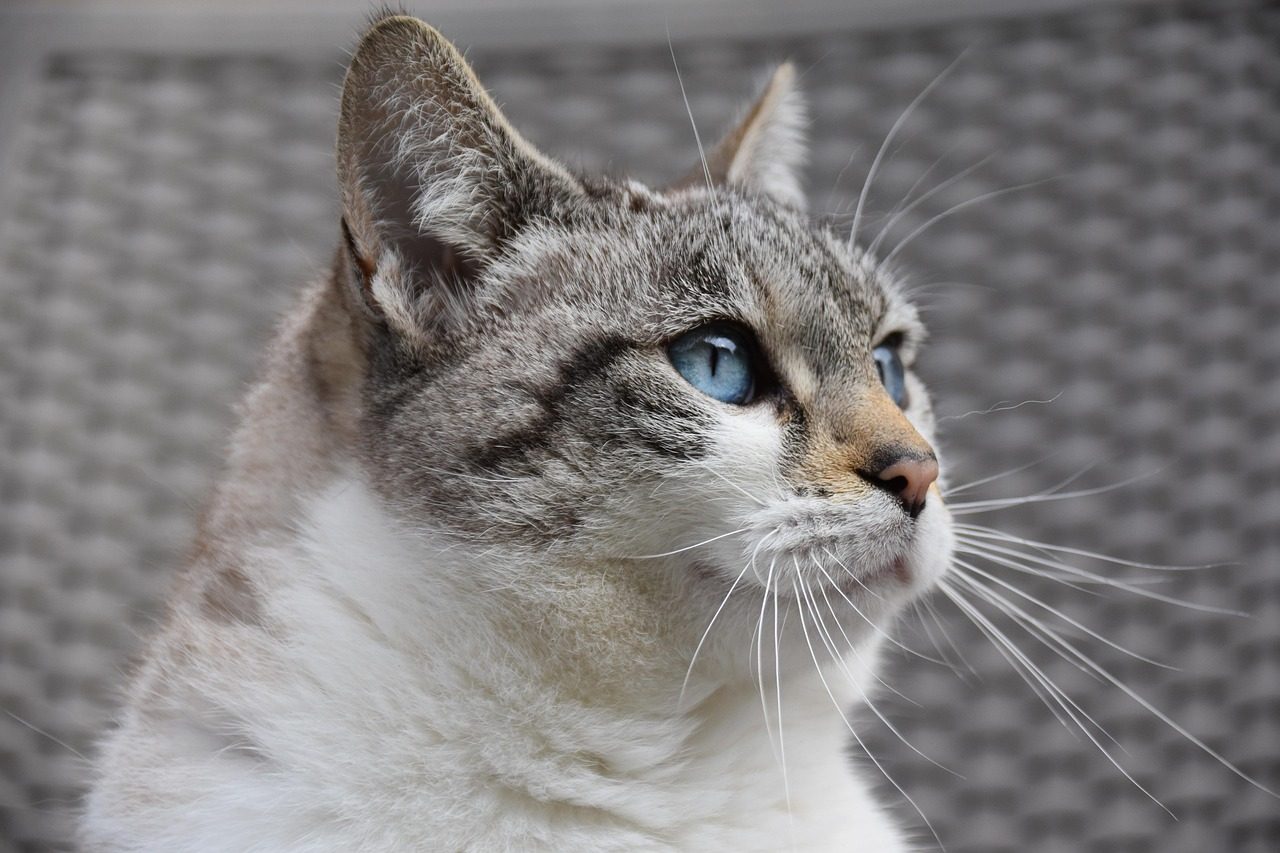
Ever noticed your cat gazing at you with half-closed eyes that slowly flutter shut? This seemingly simple gesture represents one of the most endearing displays of feline affection. Your cat will make eye contact with you then blink slowly. It’s now your turn to blink slowly in return, then look away. A kitty giving kisses is definitely content.
This behavior stems from cats’ natural communication patterns. Direct eye contact is considered a challenge or threat, says Dr. Sung. If a cat is looking at another cat or person, they want the other party to know that it is a friendly look and not a hostile stare or glare. Therefore, the blink conveys the cat’s intention to be friendly. When your cat slow-blinks at you, they’re essentially saying they trust you completely.
Making Biscuits: The Art of Kneading
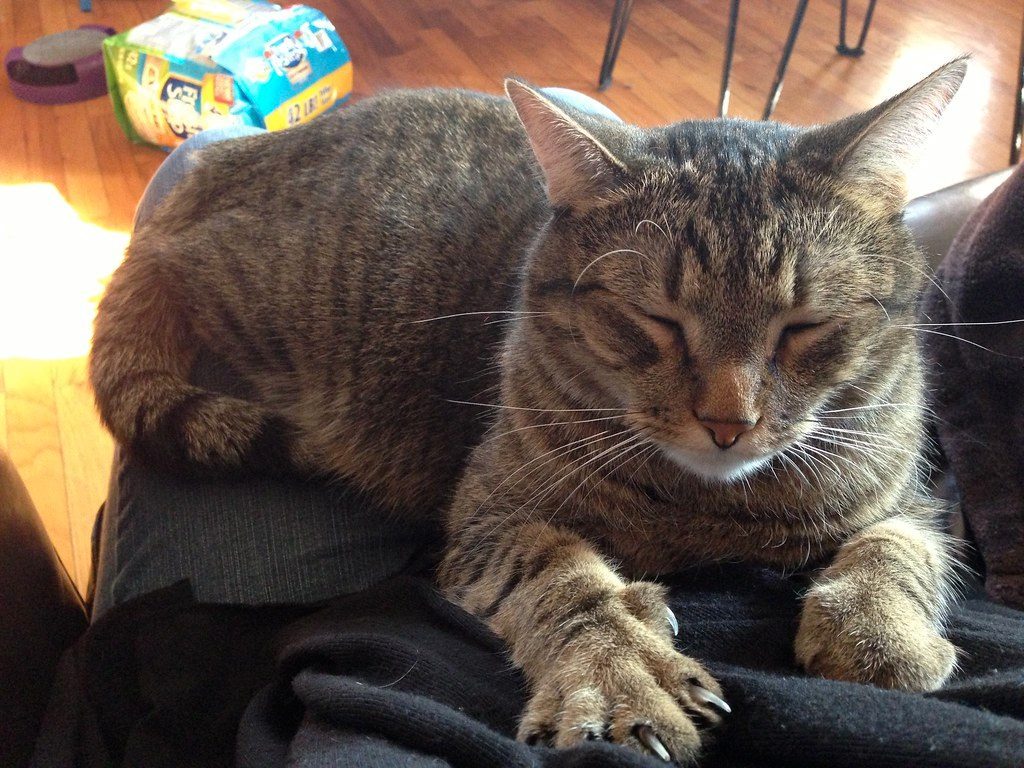
Kneading often accompanies purring. It’s known by a variety of names, including “making biscuits,” because cats make the same motion with their paws as if they were kneading some dough. Cats might knead a blanket or their favorite people or something soft, and it’s often the height of contentment.
This endearing behavior connects directly to kittenhood memories. This kneading motion is something they would have done as kittens to stimulate milk flow from their mother’s nipples. It is thought that they carry this behavior into adulthood and do so when they are in pleasurable situations. When your adult cat kneads on you, they’re essentially treating you like their beloved mother figure.
Tail Tales: Reading Feline Body Language
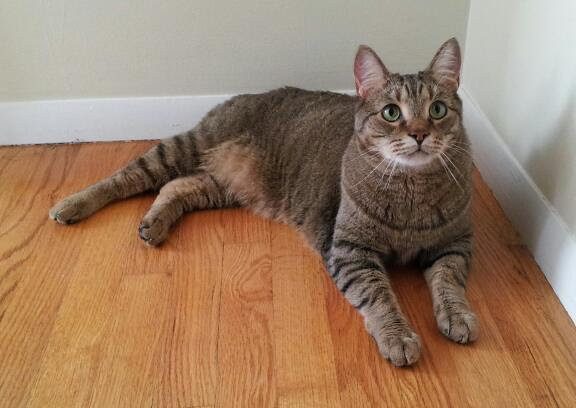
A cat’s tail serves as an emotional barometer, revealing their inner state through position and movement. Watch her tail: straight up? Unless it’s fiercely bristling, this is a clear sign your cat is content. A hook on the end of a straight-up tail, or a vibration on the end of the tail, may mean an especially perky moment of joie de vivre.
Happy cat tail signs include an upright tail, which is basically a cat’s way of saying, “Hi! Nice to see you!” A quivering tail pointed up and held high is also usually a declaration of happiness and excitement. Think of an upright tail as your cat’s version of a cheerful wave, signaling they’re genuinely pleased to see you.
Healthy Appetites and Regular Routines

If your kitty is eating and drinking the same amounts as they always have, this is a really good sign they’re feeling content. “A happy cat will have a normal appetite and thirst,” Dr MacMillan confirms. Consistency in eating habits often reflects emotional stability and overall wellbeing.
A happy cat will do their routine things on schedule – they eat well (too much or too little eating can be a sign of poor health), sleep an appropriate amount (most cats will sleep an average of 12-18 hours a day), and keep their coat well-groomed and shiny. These predictable patterns indicate your cat feels secure and comfortable in their environment.
The Social Butterfly: Seeking Your Company

Happy cats actively seek interaction with their favorite humans. You’ll know your cat is happy if they show affection to you and want to interact with you. A content kitty loves scritches, snuggles, head boops, and lap sits. In general, though, a happy cat shows it by being close to their human.
This social behavior extends beyond simple proximity. A cat that approaches you with their tail high, rubs against you, butts you with their head, and seems interested in what your hands smell like or what you are carrying, is probably a happy cat. These greeting rituals demonstrate genuine enthusiasm for your presence.
Playful Spirit and Natural Curiosity

A truly content cat maintains their natural hunting instincts through play. Cats are built to explore, and a happy cat is often a curious cat. Confident kitties driven by their curiosity will be more likely to engage in interactive play with their human, other cats, or toys. They’ll also be more likely to investigate their environment, poking their noses into closets and cupboards and stuffing themselves into the tiniest of cardboard boxes.
Happy cats also like to play, especially younger cats. Often this play may be solo, such as attacking a hanging feather or chasing a toy mouse down the hall, but other times it may include human family members. However, rest assured – a cat that is playing is most decidedly a happy kitty!
Pristine Grooming Habits
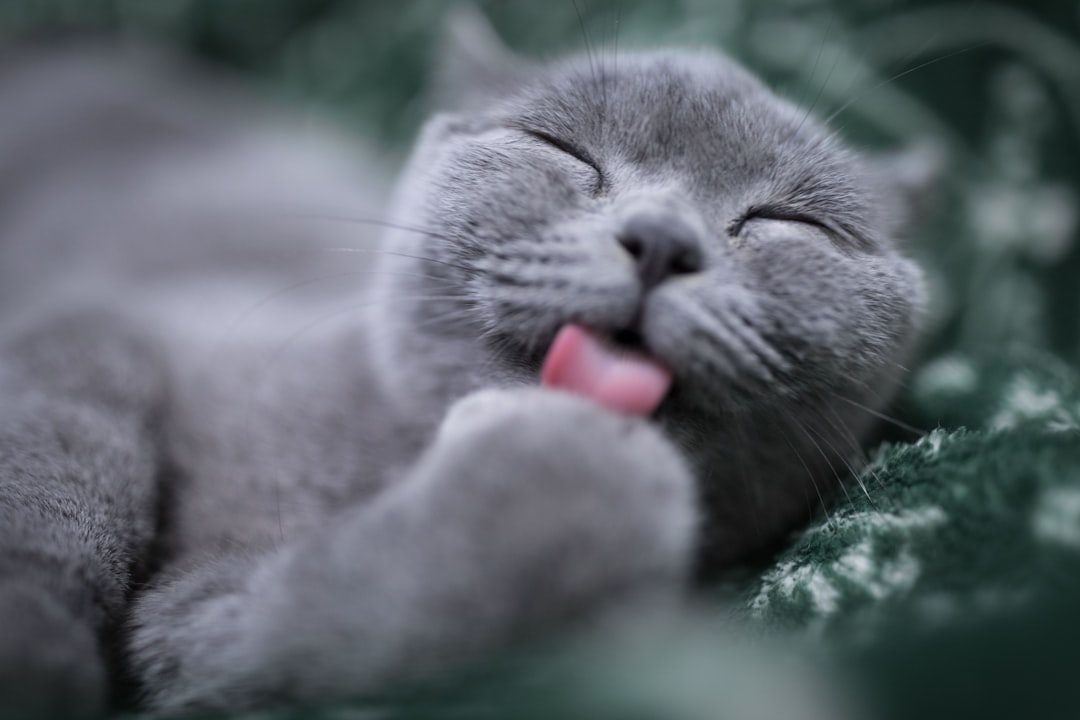
Personal hygiene serves as a reliable indicator of feline happiness and health. Cats are fastidious when it comes to their grooming, and a well-kept coat is a good sign that all is well in your kitty’s world. “Keeping up with a healthy, pristine coat is an activity of a cat who is feeling good, healthy, and has an overall feeling of positive well-being,” says Dr.
Cats that are stressed or ill often neglect their grooming. A cat who regularly grooms is likely in good spirits. When cats feel secure and content, they invest time and energy into maintaining their appearance, much like humans do when they feel confident and comfortable.
Relaxed Body Posture
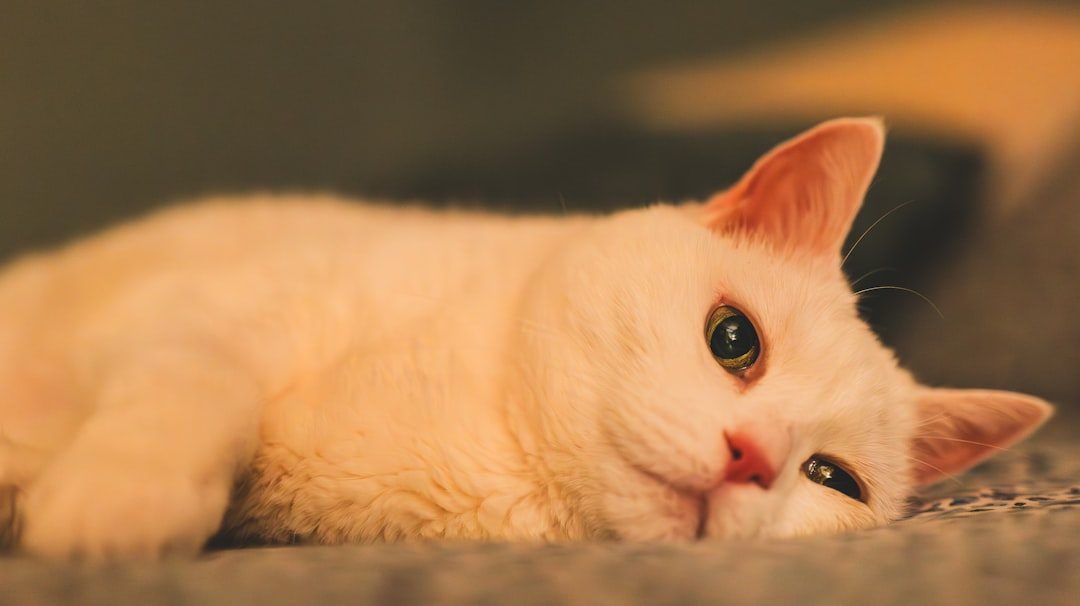
Happy cats will adopt a relaxed posture, whether they are standing, sitting, or lying down. They won’t appear to be tense or ready to spring into action. Their tail might be held upright with a curved tip or loosely down. Their eyes might be half-closed or closed gently without any tension. Their ears will be in a neutral position but might still move to pick up any noises.
These subtle physical cues speak volumes about your cat’s emotional state. A content cat often lounges in a relaxed position, signifying comfort and ease. When cats feel truly safe and happy, their entire body language reflects this inner peace.
Healthy Litter Box Behavior
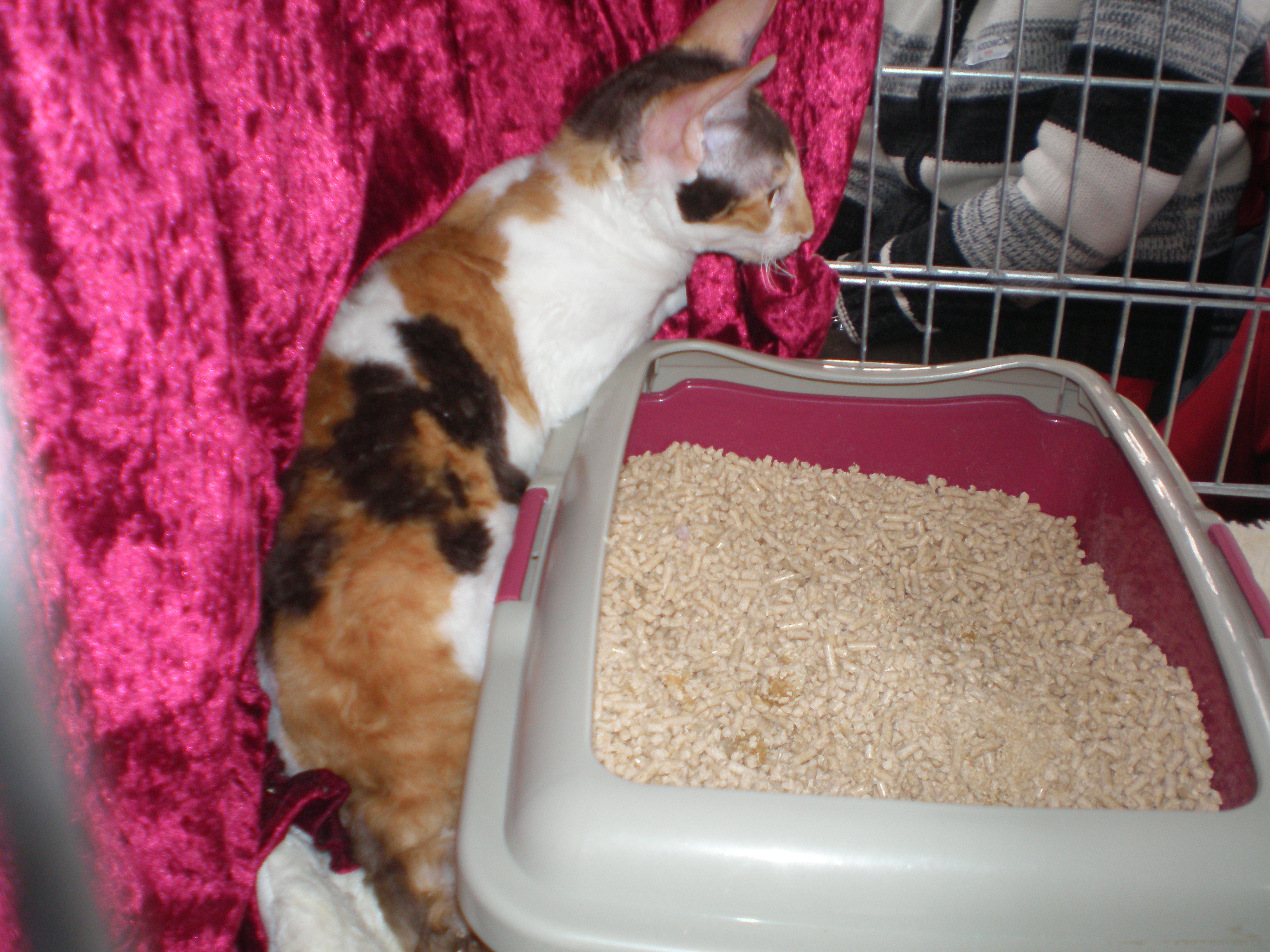
Though less glamorous than other happiness indicators, proper litter box usage reveals much about feline wellbeing. Litter box behavior often mirrors your cat’s mood. When cats are happy and healthy, they tend to use the litter box correctly.
Happy cats use the litter pan as expected. Cats can show stress by urinating or defecating in places they aren’t supposed to, so a cat that isn’t using the litter box often or at all either has a medical issue or is trying to communicate that they are under stress. Consistent, appropriate elimination habits indicate your cat feels secure in their territory and routine.
Why Cat Happiness Truly Matters

Understanding and nurturing feline happiness extends far beyond simple pet care; it fundamentally impacts both you and your cat’s quality of life. Cats are sentient beings and experience both positive and negative emotions, with an ability to seek the positive and avoid the negative. Promoting positive emotions – including normal species-specific behaviors – and minimizing negative emotions, such as fear, frustration and pain, enhance feline well-being.
Indeed, for them to be at their healthiest, attention to emotional wellbeing is critical. Likewise, to be considered “happy,” they need to have all the boxes checked in the health department. The connection between physical and emotional health in cats mirrors what we understand about human wellbeing. When we enrich our cats’ worlds, we do more than entertain them, we nurture their instincts, protect their health, and strengthen the bond that makes them part of our family. A fulfilled cat isn’t just happier; they’re healthier, more confident, and truly thriving.
Recognizing these ten signs of feline contentment helps you become a more attentive and responsive cat parent. A happy cat lives longer, suffers fewer behavioral problems, and creates a more harmonious household for everyone involved. The investment in understanding your cat’s emotional language pays dividends in deeper companionship and mutual trust.
What do you think about your own cat’s happiness signs? Tell us in the comments which behaviors you’ve noticed that let you know your feline friend is living their best life.





